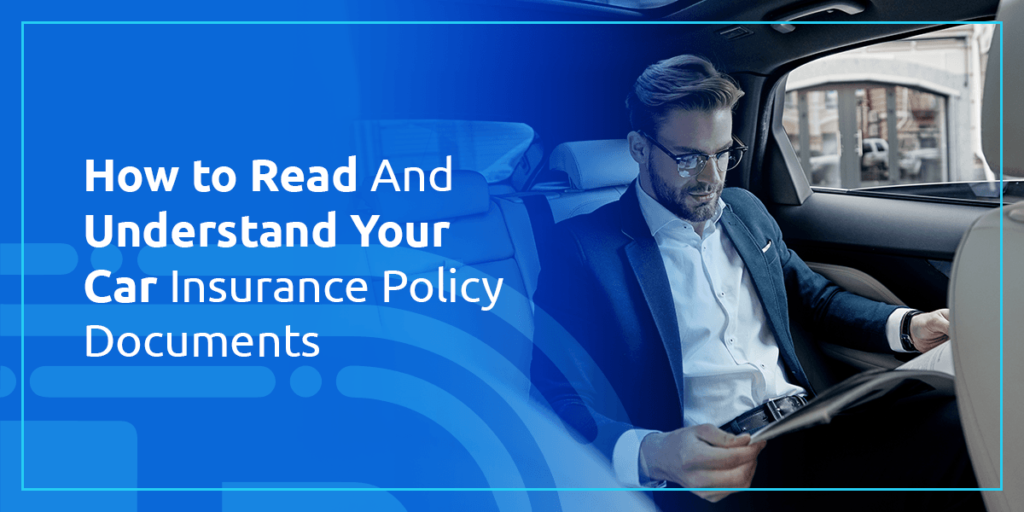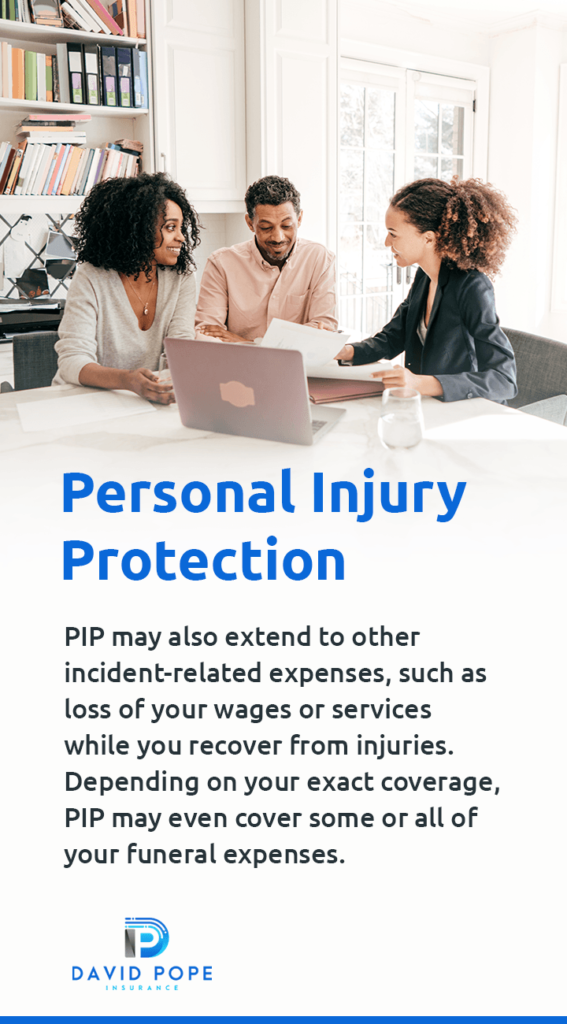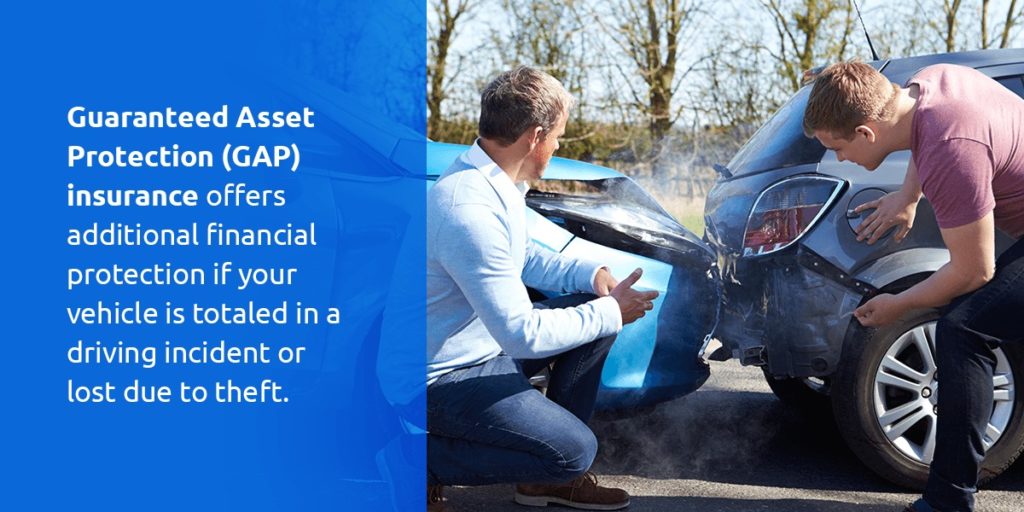
Car insurance is an important investment that drivers and vehicle owners make to ensure the health and safety of themselves and those around them. In most states, you are required by law to acquire auto insurance coverage before driving or purchasing a vehicle. Because insurance coverage options can be complex and may vary greatly from policy to policy, understanding your coverage is not always as simple as you may expect.
If you have questions about your coverage or policy, one of the best places to look for answers will be your insurance policy documents. Understanding your policy documents will empower you to make comprehensive, cost-effective decisions regarding your car insurance coverage.
Like most types of insurance, you likely don’t think about your coverage until something unexpected happens. This mindset is common, but it’s often not the best course of action in the long run. In general, the best time to read and understand any auto insurance policy is before you find yourself involved in an auto incident. When you do this, you can feel confident that you know the facts and figures of your insurance policy before you need to use it.
While you may feel tempted to choose the least expensive policy and leave it at that — especially if you’re a first-time policyholder — you may want to consider many common coverage options. Remember, auto insurance isn’t just a legal obligation. It can provide you with crucial financial and legal protection should you be involved in an auto accident. When reading your auto insurance policy, keep an eye out for common components like limits, exclusions, liabilities, collision insurance and more.
While the exact car insurance policy documents you have will vary based on the specifics of your policy and coverage, some common components make up most auto insurance policy documents in America. These components include the following:

When it comes to your auto insurance coverage, your Auto Insurance Declarations Page is one of the most important pieces of documentation you have. Commonly called a “dec page,” this document includes all crucial information regarding your policy. The dec page functions as a summary of the policyholder’s coverage, including any applicable liability and collision coverage, deductibles and limits.
Other information you’ll find on a dec page will likely include the name of the policyholder and any additional insured individuals, any excluded drivers, the policy number, length and dates of coverage, your driving history and annual mileage. It will also include the year, make, model and Vehicle Identification Number (VIN) of all insured vehicles on the policy. A dec page is not the same as your insurance ID card, but in some cases, it can serve as evidence of active insurance coverage.
As its name suggests, the definitions page of most auto insurance policies includes definitions regarding your coverage and other policy features. It can be a helpful reference document for any information you might need clarity on.
Your policy’s limits will likely be on the dec page and expanded upon more comprehensively in other documents relating to your policy. Usually, limits will apply to each type of coverage in your policy. These may include limits on services, such as towing, labor and rental car coverage. These limits tend to be calculated on a “per use” or “per day” basis.
Limits can also apply to liability, including bodily injury and property damages. In most cases, a policy’s liability limits are categorized in a three-tiered system, such as 50/100/50. These numbers refer to the coverage amount in thousands that the insurance company will pay as part of your insurance policy.
A common breakdown would be a $50,000 limit for the amount an insurance company will pay toward injury-related expenses per person, a $100,000 limit for the amount an insurance company will pay toward injury-related expenses per incident and a $50,000 limit for the amount an insurance company will pay to cover property damages per incident.
There are two basic types of liability insurance: bodily injury (BI) and property damage (PD) liability, as briefly outlined in the above section. If you have BI liability insurance, it protects you from some financial responsibility and legal vulnerabilities should you injure another person as a result of an auto incident.
BI liability insurance will likely cover some, if not all, of the injured person’s medical bills, and may cover some of your own legal bills as well. BI liability generally includes two different limits: a limit that applies to each person injured, and a separate limit that applies on a per-incident basis.
PD liability insurance may cover some or all of the cost(s) of property damages sustained during an auto incident. For example, during an auto incident, you may damage another person’s fence, mailbox, garage door or other property. PD liability insurance coverage exists to protect you from the financial and legal burden of damaging another person’s property in a car accident.

While there are certainly financial and legal considerations that may influence your insurance selection, ensure you do not overlook the possibilities of personal injury and other negative impacts to your health that may result from an auto incident. Personal injury protection (PIP) coverage may help you cover healthcare expenses, such as your health insurance deductible (if applicable) and other costs not covered by health insurance.
PIP may also extend to other incident-related expenses, such as loss of your wages or services while you recover from injuries. Depending on your exact coverage, PIP may even cover some or all of your funeral expenses. This component can be incredibly helpful to your friends and family, as the average funeral cost in America can be between $5,000 and $9,000.
Similar to PIP, medical payments coverage can also help cover the medical costs and financial burdens of injuries sustained during an auto incident. Unlike PIP, which typically only covers the policyholder, medical payments coverage often extends to other passengers and the driver if the policyholder was not the driver at the time of the incident.
In some cases, medical payments coverage can even protect you if you are injured by another car while driving or as a pedestrian. Like PIP, medical payments coverage can be critical to both your safety and the well-being of your friends, family and community. It can also provide you with peace of mind as you drive your car or travel as a passenger in other people’s cars.
Most states in America require drivers to hold insurance coverage to purchase or lease a vehicle or obtain a license plate. However, due to real-world limitations regarding the applications of these laws, it’s virtually impossible to prevent uninsured motorists from getting behind the wheel entirely. Driving while uninsured or underinsured is both illegal and dangerous, and it can result in legal charges and significant financial and health consequences.
If you have auto insurance, you can include additional coverage options in your policy to protect yourself against uninsured or underinsured drivers on the road. Depending on the laws in your state, your uninsured/underinsured motorist coverage can cover your medical bills, legal bills and even damage to your vehicle should you be involved in an auto incident with an uninsured or underinsured driver.
Collision insurance coverage primarily enables you to protect your vehicle against damage. If you are renting or leasing your car, collision insurance is typically a requirement. If you own your vehicle, you can add collision insurance as a part of your overall policy. Collision coverage can help you cover repair costs for your vehicle if it is damaged by colliding with another vehicle or an object, such as a tree or light post.
Collision insurance coverage can also cover costs if your vehicle sustains damage from a single-car incident in which your car flips or rolls over. Keep in mind that collision insurance will not protect your vehicle from non-driving-related incidents, such as theft or inclement weather. Collision insurance also does not provide any health or medical-related coverage, nor does it cover costs that arise if you damage another person’s car.
True to its name, comprehensive insurance coverage provides the most thorough form of coverage, inclusive of all types of vehicle damage. Whereas collision insurance typically only covers driving-related damages, comprehensive coverage can cover all manner of vehicle damages. The types of incidents it covers can include theft, fire, vandalism, inclement weather/natural disasters, civil disturbances and more.
As with collision insurance coverage, comprehensive insurance coverage does not encompass any medical or healthcare costs, and it will not cover collision damage. Comprehensive coverage also does not cover damage that you inflict on the vehicle of another driver.

Guaranteed Asset Protection (GAP) insurance offers additional financial protection if your vehicle is totaled in a driving incident or lost due to theft. If your vehicle is totaled or stolen without recovery, you can expect your insurance company to pay you the fair-market value for your car when you have GAP coverage.
Whether you choose this additional form of insurance will likely depend on the age and overall value of your vehicle. If your car is old, outdated or in poor condition, the amount you spend on monthly GAP coverage will not likely pay off for you in the long run. Also, if you lease your car or still owe money to your lender on the purchase of your car, GAP insurance will typically not give you coverage.
Most insurance policies include certain coverage exclusions. You will notice references to these exclusions in your car insurance policy documents. In most cases, exclusions will apply to nearly every type of coverage you have under your insurance plan. This can mean exclusions to your liability coverage and medical payments coverage, among others.
For example, your liability coverage will typically not cover damage to your vehicle that it sustains while you use your automobile as a delivery driver or rideshare driver. Those situations are usually excluded from basic liability coverage. If you use your vehicle for work, you may want to consider a commercial auto policy. Some commercial auto policies are specifically designed to protect delivery workers.
Because most regular auto policies do not cover rideshare drivers, you can specifically invest in ridesharing insurance if you use your vehicle to earn money as a transportation driver or on-demand delivery driver. This policy will also cover you anytime you drive your car, not just when you’re making deliveries or transporting riders. Keep in mind that rideshare insurance only covers the policyholder, and you must use a personal vehicle such as a van, car, SUV or pickup truck to qualify.
Liability insurance exclusions can also apply to some aspects of your medical costs coverage. For example, if an employee is injured while using your vehicle, coverage of those medical costs will likely be excluded from your policy. If you use your vehicle as your residence, this may also result in total exclusion from medical costs coverage, depending on the policy and insurance company in question.
An insurance endorsement — sometimes called a “rider” — is another type of additional coverage. Endorsements allow for a type of add-on coverage that supplements your existing auto insurance policy. Common reasons why someone may purchase an endorsement include upgrading features in their vehicle, like the stereo or GPS system.
You may want to purchase additional protection for new car features such as GPS systems. Classic car owners often purchase endorsements too, since the stated value of their vehicles is often quite different from the cash value. Endorsements can help bridge the gap in coverage in both of those common situations.
Many insurance companies offer opportunities for you to earn or apply discounts to your coverage. For example, your insurance provider may offer reduced rates based on a safe driving record. You may also be able to earn a discount by completing a safe driving course. Some companies encourage loyalty by offering multi-car, multi-policy discounts. For students and teens, you may want to check if your insurance company offers a good student discount.
Choosing the right auto insurance coverage for your vehicle and your needs may feel like a daunting task. With so many different coverage options to consider, it’s natural to wonder where you should start. With over 20 years of experience in serving communities across eight different states, the insurance professionals at David Pope Insurance are expertly trained to guide you throughout the auto insurance process. When you request a quote from us, you will be on your way to obtaining the most cost-effective auto coverage.
At David Pope Insurance, we are dedicated to the communities we serve, and we pride ourselves on providing world-class customer service 24/7. To learn more about auto insurance or get a policy, contact a representative today!